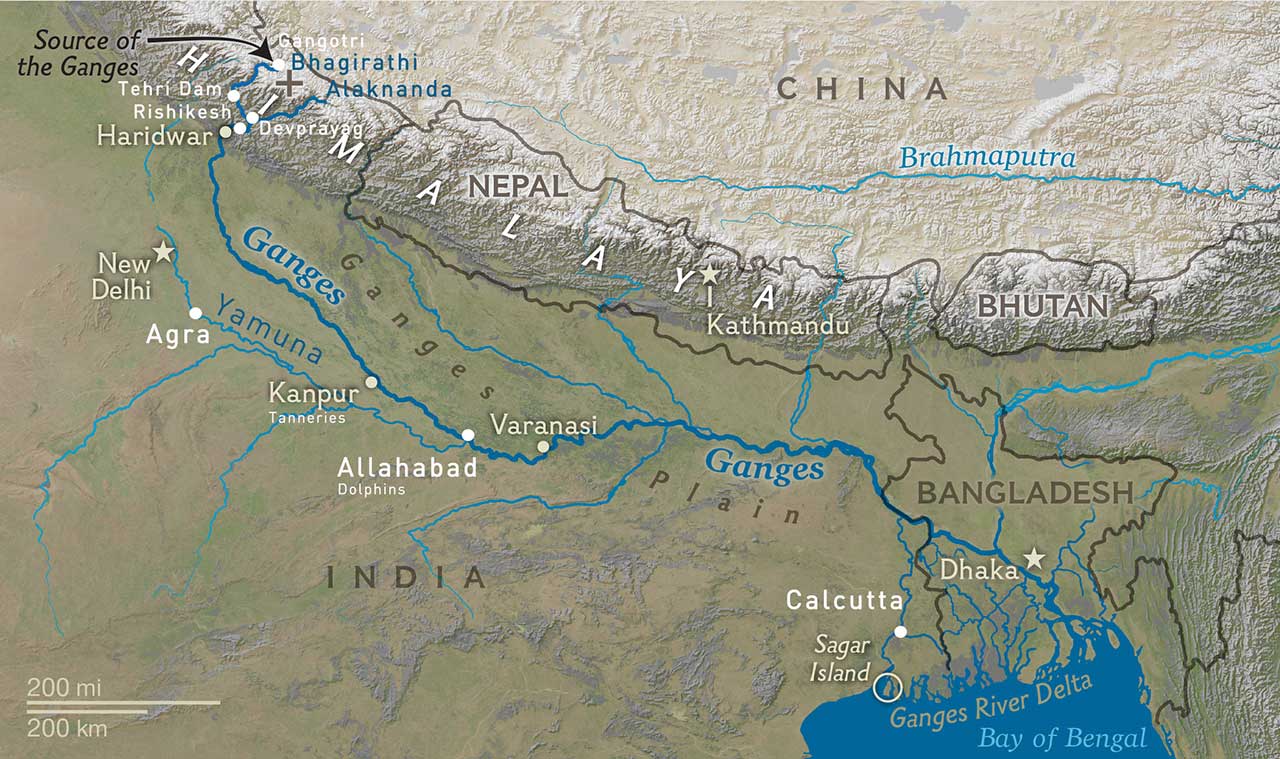
The Ganges River dolphin has been listed as endangered under the IUCN Red List since 1996. They eat crustaceans such as prawns and fish including carp, mahseer, and even sharks such as the Ganges shark ( Glyphis gangeticus).

Ganges river dolphins use echolocation to find food. When a calf is born, 8–12 months after conception, it will stay with its mother for one year. The dolphin does not have a specific mating season. Given the dolphin's blindness, it produces an ultrasonic sound that is echoed off other fish and water species, allowing it to identify prey. This method is still being developed and is not heavily used due to cost and technical skill requirement. Įcholocation is also used for population counts by using acoustic surveying. Both species regularly produce frequencies lower than 15 kHz and the maximum frequency is thought to fall between 15 and 60 kHz. Produced pulse trains are similar in wave form and frequency to the echolocation patterns of the Amazon river dolphin. The Ganges river dolphin most typically makes echolocation sounds such as clicks, bursts, and twitters. It is capable of performing whistles, but rarely does so, suggesting that the whistle is a spontaneous sound and not a form of communication. Information is limited on how extensively vocalization is used between individuals. This species shows object-avoidance behavior in both the consistently heavily murky waters of its habitat and in clear water in captivity, suggesting it is capable of using echolocation effectively to navigate and forage for prey. They are known to breach however this is rare. Little is known about their behavior because they are usually shy around boats and are hard to observe. The Ganges river dolphins usually come in pairs or they're just single and are not known to do acrobatic maneuvers near boats or when they're distressed. The oldest recorded animal was a 28-year-old male, 199 cm in length, although they are estimated to live up to 30 years old. Ganges river dolphins are usually 2.2-2.6 meters long (7–8 ft). Their eyes are usually small due to the cloudy water. They have a large melon head used for echolocation, because they cannot see well. Their flippers and tail flukes are large and broad. The river dolphin has a rounded belly which, combined with their rectangular dorsal fin, makes them look particularly stocky in build compared to other dolphins. They have an elongated, slender snout with sharp and very pointed teeth, similar to most river dolphins. Ganges river dolphins usually are tan, chocolate brown or light blue.

The Ganges river dolphin has a rectangular, ridgelike dorsal fin and females tend to be larger than males. The Ganges river dolphin favours deep pools, eddy countercurrents located downstream of the convergence of rivers and of sharp meanders, and upstream and downstream of midchannel islands. It lives along the Ganges-Brahmaputra-Meghna and Karnaphuli-Sangu river systems of Bangladesh and India, and the Sapta Koshi and Karnali Rivers in Nepal. Its Sanskrit name in medieval times was likely shishumar, and during the Mughal era, it was known as pani suar. It is known as susu as a popular name soons, soans, or soos in Hindi shushuk in Bengali hiho or hihu in Assamese bhagirath (as a reference to the character of the same name from Hindu mythology) and shus or suongsu in Nepali. The species has multiple common names throughout its range. The earliest fossil identified as belonging to the species is only 12,000 years old. However, more recent studies of genes, divergence time, and skull structure support both being distinct species. However, in the 1990s, both species were again grouped as a single species. This species and the Indus river dolphin, were initially classified as a single species, Platanista gangetica, but in the 1970s both were split into distinct species. The Ganges river dolphin split from the Indus river dolphin during the Pleistocene, around 550,000 years ago.


 0 kommentar(er)
0 kommentar(er)
